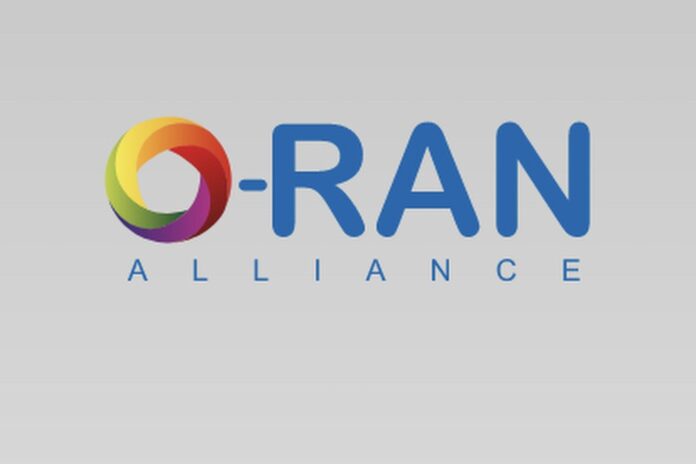More are expected to receive the standards body’s approval soon
ETSI and O-RAN announced that ETSI has adopted the first O-RAN specification as ETSI TS 103 859 O-RAN Fronthaul Control, User and Synchronization Plane Specification v7.02.
The document outlines the Open Fronthaul interface, part of the O-RAN architecture, specifying the control plane, user plane and synchronisation plane protocols it uses across the interface. Through the protocols the interface links the O-RAN Distributed Unit (O-DU) and the O-RAN Radio Unit (O-RU) for the lower layer functional splits. The scope of TS 103 859 includes LTE and 5G’s New Radio (NR).
Further endorsement
“Recognition of O-RAN specifications by ETSI is another major step in enabling broad adoption of Open RAN,” said Claire Chauvin, O-RAN Board member and Strategy Architecture and Standardization Director at Orange. “Having the O-RAN specification available as an ETSI specification adds further endorsement desired by commercial and public sector entities in a range of countries.”
“The O-RAN specification has been approved as an ETSI specification after a thorough review and requested revisions by our experts,” said Dominique Everaere, Chair of the ETSI Mobile Standards Group Technical Committee. “When specifications go through the ETSI PAS process, they need to comply with the ETSI rules, and the ETSI committee in charge of these specifications works with the organization to ensure they align with existing procedures for approval as ETSI standards.”
Part of the process
The ETSI Publicly Available Specification (PAS) process enables an ETSI partner to submit one or more of its PAS for adoption by ETSI. It can then become an ETSI Technical Specification (TS) or ETSI Technical Report (TR). The organisation asking for this process must be a legal entity, have an intellectual property rights (IPR) policy compatible with ETSI’s or have exceptionally accepted to apply ETSI’s IPR policy, and have signed a Cooperation Agreement.
O-RAN is preparing to submit more of its specifications to the ETSI PAS process to recognise additional parts of the O-RAN Architecture as ETSI specifications.



